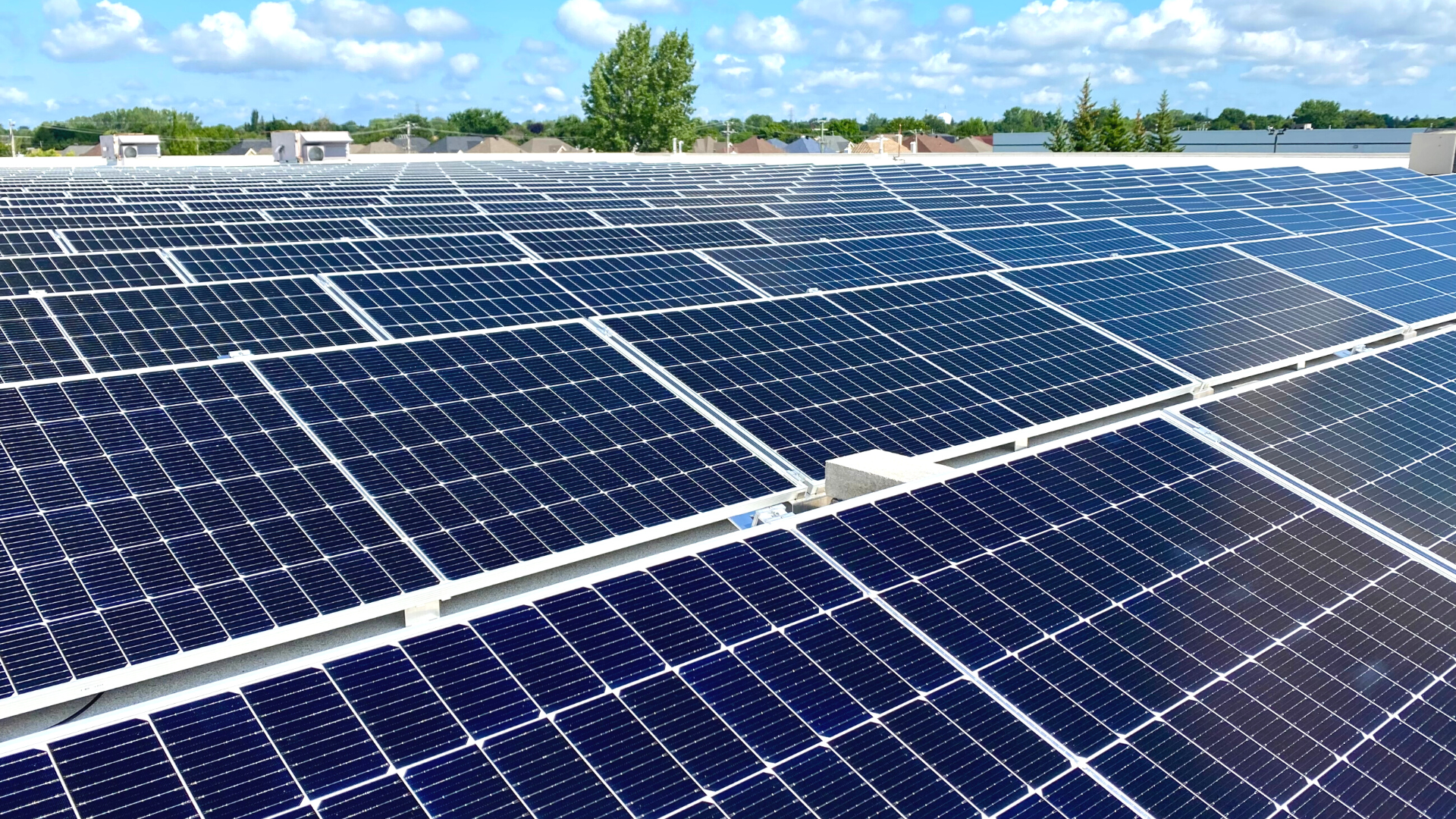Carbon Pricing
Carbon Pricing Systems and Instruments
Carbon pricing is an approach to reduce global warming which sets a limit and applies a fee on greenhouse gas emissions, and/or offers incentive to emit less. It can take the form of various policy instruments that capture the external costs of CO2 and GHG emissions, and these market mechanisms shift the responsibility for the damage caused by the pollution from the public to the emitters. Carbon pricing mechanisms are essential instruments towards tackling climate change and achieving the 1.5°C goal by 2030 laid out in the Paris Agreement.
Operating jointly out of Targray’s North America and Europe trading desks, our Environmental Commodities team works together with partners to implement effective carbon trading strategies, ensuring dollars invested will have the greatest possible impact on the climate and local communities. Get in touch with our experts to become a trading partner, or to learn more about our tailor-made emissions reduction solutions.
- Carbon Pricing Instruments
- Understanding Carbon Pricing
- Emissions Trading Systems
- Industry Associations
A carbon price typically appears as a carbon tax or in emissions trading, with the main policy instruments falling under the following categories:
-
- Carbon Emissions Trading System (ETS), also known as Cap-and-Trade (CAT) – where the market determines the carbon price.
- Carbon Tax – where governments, rather than the market, sets the carbon price.
- Emission Reduction Fund (ERF) – an offsets auction scheme put in place by governments.
- Revenue Policies – such as research or public transportation policies that promote decarbonisation, or subsidies for the transition to renewable energy.
Hybrid approaches combining carbon taxes with emissions trading systems are also possible, depending on jurisdictional goals.
As the world grapples with the impact of climate change, carbon pricing has emerged as a key tool in the fight against global warming. Carbon pricing is a policy mechanism that puts a price on carbon emissions, with the aim of incentivizing companies and individuals to reduce their carbon footprint. In this article, we will explore what carbon pricing is, how it works, and the current status of carbon pricing around the world.
What Is Carbon Pricing?
Carbon costing is a policy mechanism that puts a price on carbon emissions, with the aim of reducing greenhouse gas (GHG) emissions. This is typically done by putting a price on the amount of carbon dioxide (CO2) or other greenhouse gases that are emitted, either directly or indirectly, from the production, transportation, or consumption of goods and services. Carbon pricing can take many forms, including carbon taxes, cap-and-trade systems, and internal carbon pricing.
Carbon taxes are a form of direct carbon terrif, where a tax is imposed on the amount of carbon emissions produced. This tax can be levied on the producers or consumers of carbon-based products, and can be designed to increase over time, thereby incentivizing the reduction of carbon emissions.
Cap-and-trade systems, on the other hand, are a form of indirect carbon costing, where a cap is set on the amount of carbon emissions that can be produced in a given time period. Companies are then allocated permits that allow them to emit a certain amount of carbon, and they can trade these permits on a carbon market. This incentivizes companies to reduce their carbon emissions, as they can profit from selling unused permits to companies that have exceeded their allocation.
Internal carbon pricing is a policy mechanism where companies set an internal price on carbon emissions, which is used to inform investment and business decisions. This is typically done by estimating the future cost of carbon emissions, and factoring this into the cost of doing business. By doing so, companies can incentivize the reduction of carbon emissions, while also positioning themselves for future carbon value policies.
How Carbon Value Can Be Calculated?
The calculation of carbon value can vary depending on the policy mechanism being used. Carbon taxes are typically calculated based on the amount of carbon emissions produced, while cap-and-trade systems are based on the allocation of permits. Internal carbon pricing is typically based on an estimate of the future cost of carbon emissions, which can be calculated using a range of methods, including shadow pricing and scenario analysis.
Shadow pricing is a technique that involves estimating the future cost of carbon emissions based on current market prices for carbon. This can be done by looking at the cost of carbon credits on carbon markets, and using this to estimate the future cost of carbon emissions. Scenario analysis, on the other hand, involves modeling different scenarios for the future cost of carbon emissions, based on different assumptions about future policies and market conditions.
How Does Emission Pricing Work?
Emission pricing works by creating a financial incentive for companies and individuals to reduce their carbon footprint. By putting a price on carbon emissions, carbon pricing policies make it more expensive to produce or consume goods and services that result in carbon emissions. This incentivizes companies to invest in cleaner technologies, reduce their energy consumption, and shift towards cleaner sources of energy.
Carbon footprint value can also lead to the development of new carbon markets, which can provide a source of revenue for companies that reduce their carbon footprint. This can create a positive feedback loop, where companies are incentivized to reduce their carbon emissions in order to participate in the carbon market, which in turn leads to further reductions in carbon emissions.
Types of Pricing for Carbon
There are two main types of pricing policies: carbon taxes and cap-and-trade systems. Carbon taxes are a direct form of carbon pricing, where a tax is levied on the amount of carbon emissions produced. This tax can be levied on the producers or consumers of carbon-based products and can be designed to increase over time, thereby incentivizing the reduction of carbon emissions. Carbon taxes can be revenue-neutral, meaning that the revenue generated from the tax is used to reduce other taxes, or it can be used to fund climate-related initiatives.
Cap-and-trade systems, on the other hand, are a form of indirect carbon pricing, where a cap is set on the amount of carbon emissions that can be produced in a given time period. Companies are then allocated permits that allow them to emit a certain amount of carbon, and they can trade these permits on a carbon market. This incentivizes companies to reduce their carbon emissions, as they can profit from selling unused permits to companies that have exceeded their allocation. Cap-and-trade systems can be designed to be revenue-neutral, or the revenue generated from the sale of permits can be used to fund climate-related initiatives.
Current Status of Carbon Costing in the World
Carbon costing policies are becoming increasingly common around the world. According to the World Bank, as of 2021, there were 64 carbon pricing initiatives in place or scheduled for implementation around the world, covering around 22% of global greenhouse gas emissions. These initiatives include carbon taxes, cap-and-trade systems, and other carbon cost mechanisms.
Some of the largest emitters in the world have implemented CO2 pricing policies. For example, the European Union’s Emissions Trading System (ETS) is the largest carbon market in the world, covering around 45% of the EU’s greenhouse gas emissions. China, the world’s largest emitter of greenhouse gases, launched a national carbon trading system in 2021, which covers around 3 billion tonnes of carbon dioxide emissions per year.
In the United States, a number of states have implemented pricing policies, including California, which has a cap-and-trade system, and Massachusetts, which has a carbon tax. The federal government has also proposed a carbon costing policy, which would impose a carbon tax on fossil fuel producers and importers, but this has not yet been implemented.
Conclusion
Carbon terrif is a policy mechanism that puts a price on carbon emissions, with the aim of incentivizing companies and individuals to reduce their carbon footprint. Carbon value can take many forms, including carbon taxes, cap-and-trade systems, and internal carbon pricing. Carbon cost policies are becoming increasingly common around the world, covering around 22% of global greenhouse gas emissions. By creating a financial incentive for companies and individuals to reduce their carbon footprint, emission offsetting policies can play an important role in the fight against global warming.
What is an Emissions Trading System?
An Emissions Trading System (ETS), also known as an Emissions Trading Scheme or Cap-And-Trade (CAT) Program, is a cost-efficient policy instrument for regulators to limit pollution and reach reduction targets by setting a cap on GHG emissions that a company is allowed to produce. A certain quantity of emission allowances are issued to covered entities, or obtained through an auction, and the cap declines over time giving companies incentive to reduce emissions and avoid violation penalty costs.. One allowance must be held for each metric ton of carbon dioxide or equivalent greenhouse gas emitted and unused credits or offsets may be sold and purchased, which delivers a price signal for carbon permits or allowances to be traded. This puts a market price on emissions while encouraging companies to adapt new solutions that will help countries reach climate goals.
Internationally Renowned ETS and CAT Programs
-
- While the United States does not have a national program in place, eleven states participate in the Regional Greenhouse Gas Initiative (RGGI) which was established in 2005 as the first mandatory cap-and-trade program in the country to limit carbon dioxide from the power sector’s fossil fuel plants.
- The California Cap and Trade Program launched in 2013, with the Canadian province of Quebec also launching their own system to fight climate change the same year. Both connected their systems in 2014 as part of the Western Climate Initiative, effectively creating the largest North American carbon market.
- The European Union Emissions Trading System (EU ETS) set up the world’s first international cap-and-trade emissions scheme program in 2005.
 |
The Verra RegistryVerra is a global leader helping tackle the world’s environmental and social challenges by developing and managing standards that help the private sector, countries, and civil society achieve ambitious sustainable development and climate action goals. The standards and programs Verra develops and manages are globally applicable and advance action across a wide range of sectors and activities. Programs undergo extensive stakeholder consultation and expert review, and draw from four key components: standard, independent assessment, accounting methodologies, and registry.
|
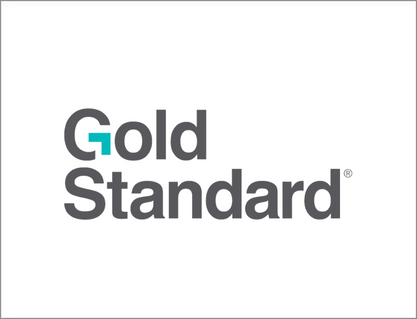 |
Gold StandardThe Gold Standard (GS) is a voluntary carbon offset program focused on progressing the United Nation’s Sustainable Development Goals and ensuring that project’s benefit their communities. It can be applied to voluntary offset and Clean Development Mechanism (CDM) projects. The GS CDM was launched in 2003 after a two-year consultation with stakeholders, governments, non-governmental organizations, and private sector specialists from over 40 countries. The GS for voluntary offset projects was launched in 2006. The GS project registry – containing all projects implemented through the standard was launched in 2018.
|
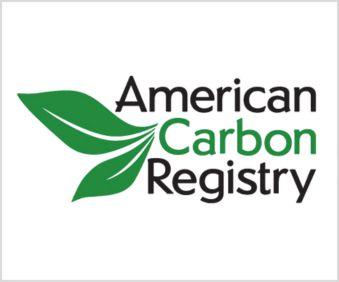 |
American Carbon Registry (ACR)The American Carbon Registry (ACR), a nonprofit enterprise of Winrock International, was founded in 1996 as the first private voluntary greenhouse gas registry in the world. Winrock operates ACR to create confidence in the environmental and scientific integrity of carbon offsets in order to accelerate transformational emission reduction actions.
|
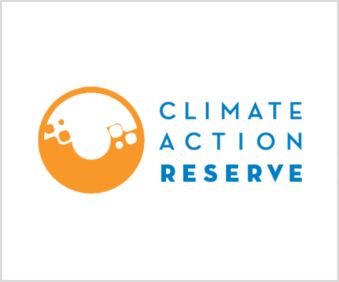 |
Climate Action Reserve (CAR)The Climate Action Reserve (CAR) is an offset registry for global carbon markets. CAR establishes high quality standards for carbon offset projects, oversees independent third-party verification bodies, issues carbon credits generated from such projects and tracks the transaction of credits over time in a transparent, publicly-accessible system.
|
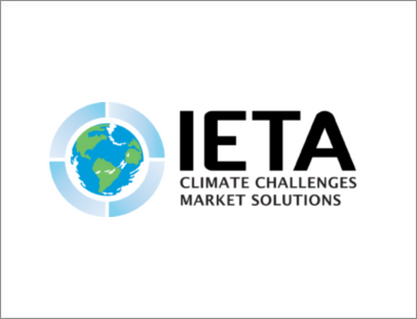 |
International Emissions Trading Association (IETA)The International Emissions Trading Association (IETA) is a non-profit association with more than 250 members who are active stakeholders in the international carbon and emissions markets. The organization was created in 1999 to establish a global framework for greenhouse gas emission reductions trading.
|
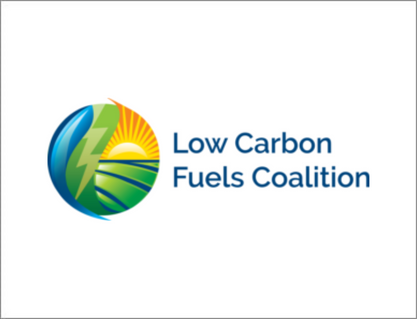 |
The Low Carbon Fuels CoalitionThe Low Carbon Fuels Coalition (LCFC) is a technology neutral trade association dedicated to the support and expansion of market-based low carbon fuel policies. The organization supports market-based low carbon fuel policies that reduce carbon pollution while creating jobs, improving air quality, harnessing waste streams, driving innovation, and stimulating agriculture. |
 |
Xpansiv CBLCBL has established the first of its kind Standard Instruments Program (SIP) to build on market infrastructure to accompany and govern the launch of spot contracts for the settlement and physical delivery of environmental commodities across existing registries that can be determined as meeting certain defined, standardized criteria for market quality and performance. |
Related Products

Carbon Credits
Carbon credits are created by governments capping the amount of CO2 an entity may emit, and allocating a quantity of credits to entities covered in a regulated jurisdiction or policy regime.

Carbon Markets
Global carbon markets are broken down into two major market types; voluntary carbon markets (also known as VCMs) and compliance carbon markets, which vary by jurisdiction.

Carbon Trading
Carbon Trading is a market-based approach to slowing global warming. Supply and demand set the commodity price on carbon credits, offsets, and renewable energy certificates (RECs).
Environmental Commodities
Learn more about our carbon credit, carbon offset and renewable energy certificate (REC) programs & solutions for compliance and voluntary carbon markets around the world.
